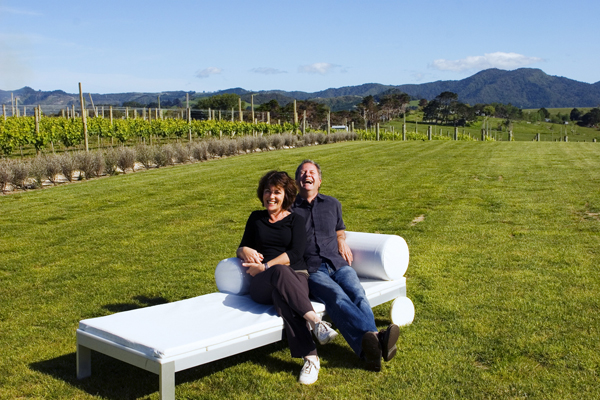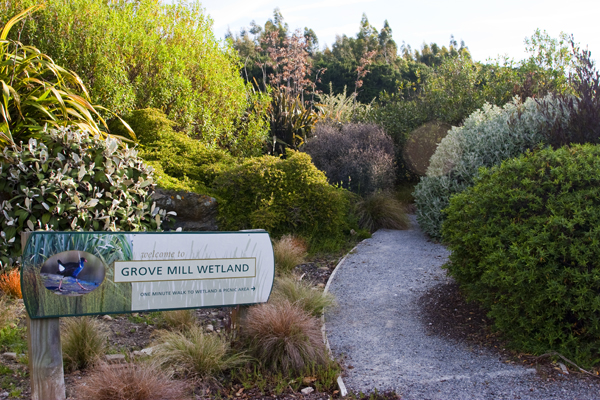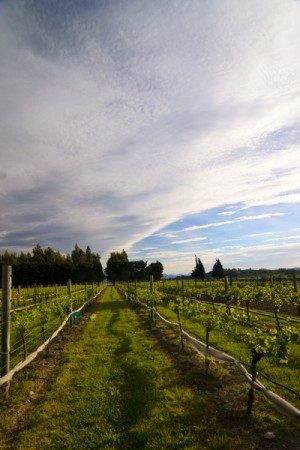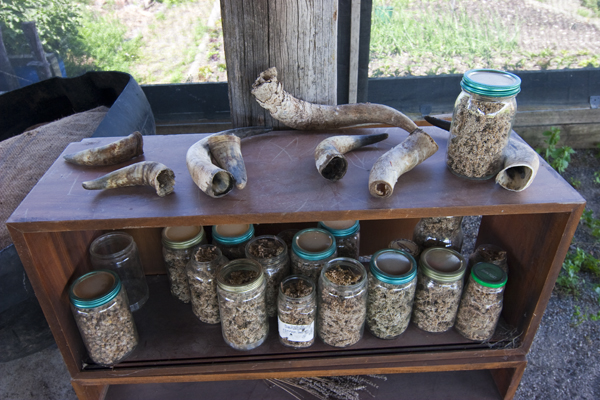Next to my bowl of homemade muesli, Heather has left a list of places she thinks I should visit around Matakana. They include Black Dog Coffee, Omaha Blueberries, and the local butchery. The notation next to the butchery reads “Lamb!”
Heather and John Forsman own Takatu, a small bed and breakfast lodge and winery where I am staying. John, a pilot for Air New Zealand, runs the winery and Heather does the B&B thing (and makes wonderful muesli). Last night the three of us sat outside on the lawn overlooking their vineyard drinking John’s bone-dry Pinot Gris and talking about the people who live in this valley.
“It’s an odd mix of greenies,” Heather said. “You’ve got fishermen and blueberry farmers and artists and all the little business people in between, like ourselves, but we all get along. Sometimes the meetings in the old school house get a little animated but it’s always interesting and the goal is the same: to make Matakana a better place to live.”
I told them that one of the things I found most interesting about this corner of North Island was the mutual admiration society that seems to exist among the food and wine people and everyone else. From the poshest boutique winemaker to the crunchiest organic farmer, everyone seems eager to boast not of his or her own talents and projects but of those of neighboring farmers or producers.
And then, as if to prove my point, there was the list Heather left me this morning of Matakana businesses she thought I should go visit. Including a teahouse, a café that makes its own beer, a sweet shop known for their local blueberry ice cream, and, of course, the butcher with his lamb.
The town, it seems to me, is a locavore heaven.







Recent Comments